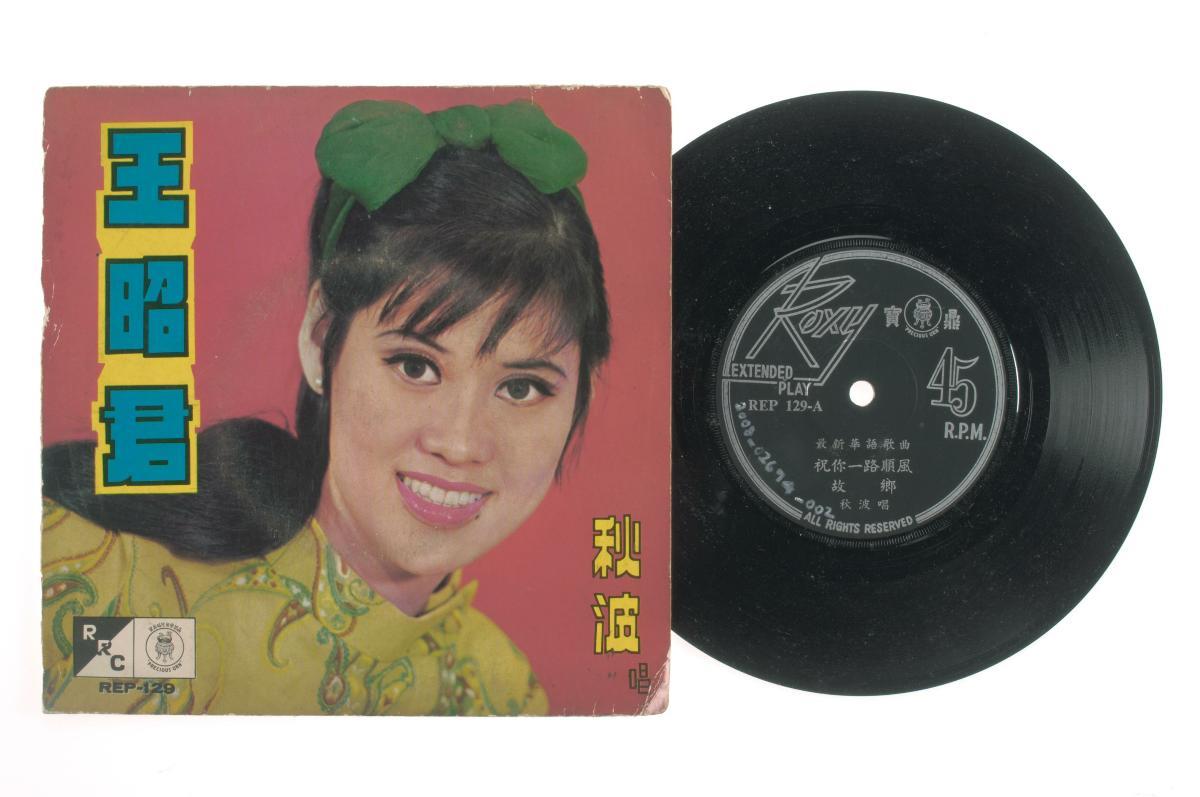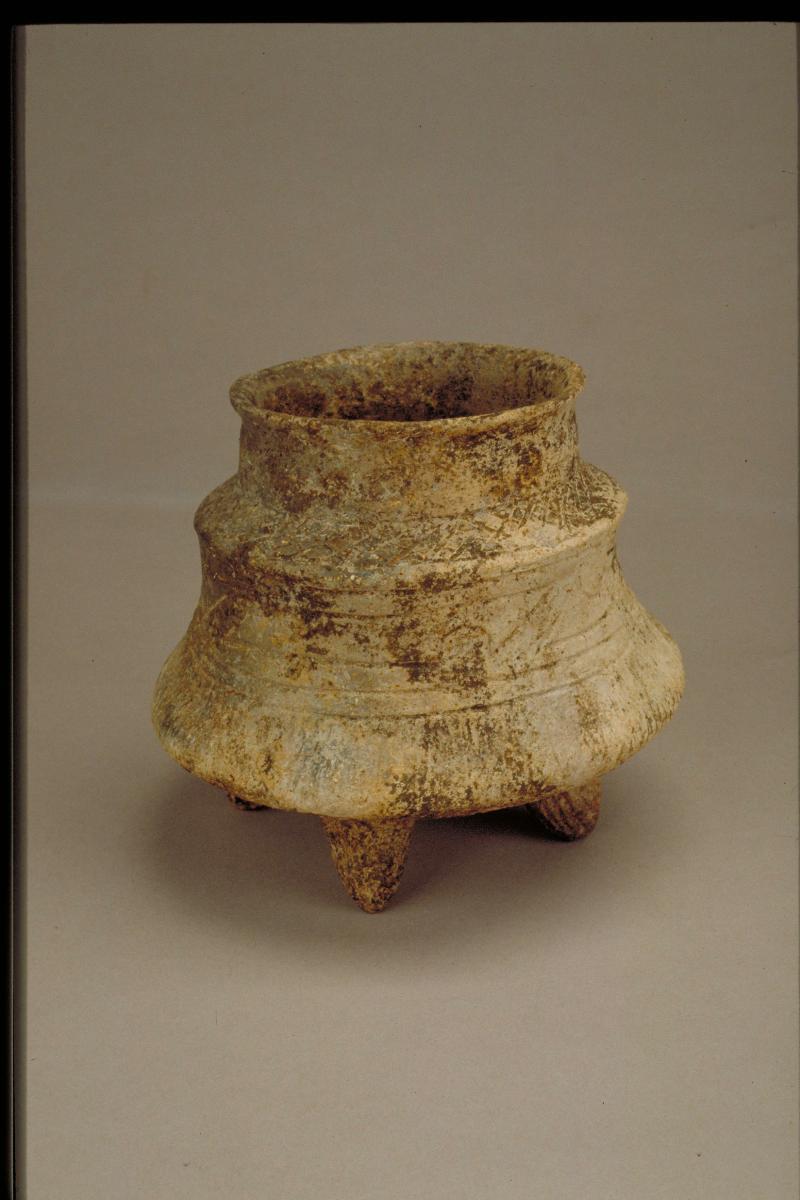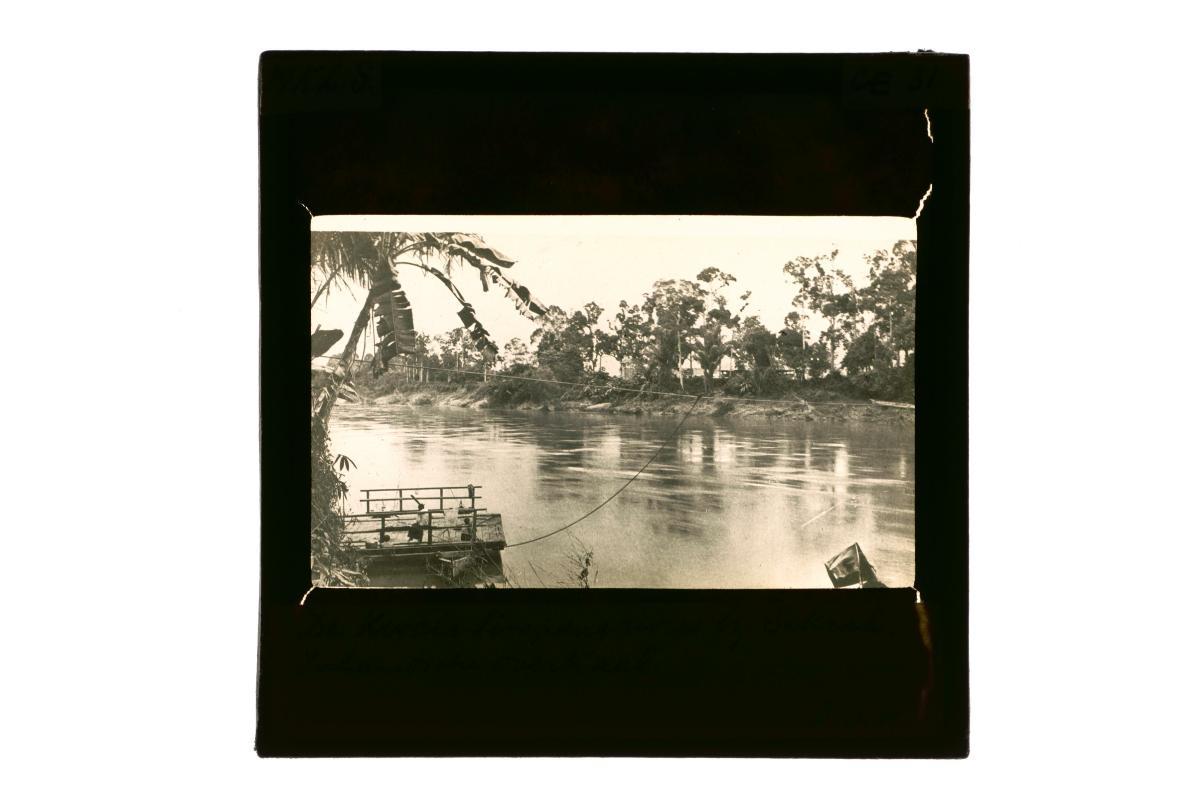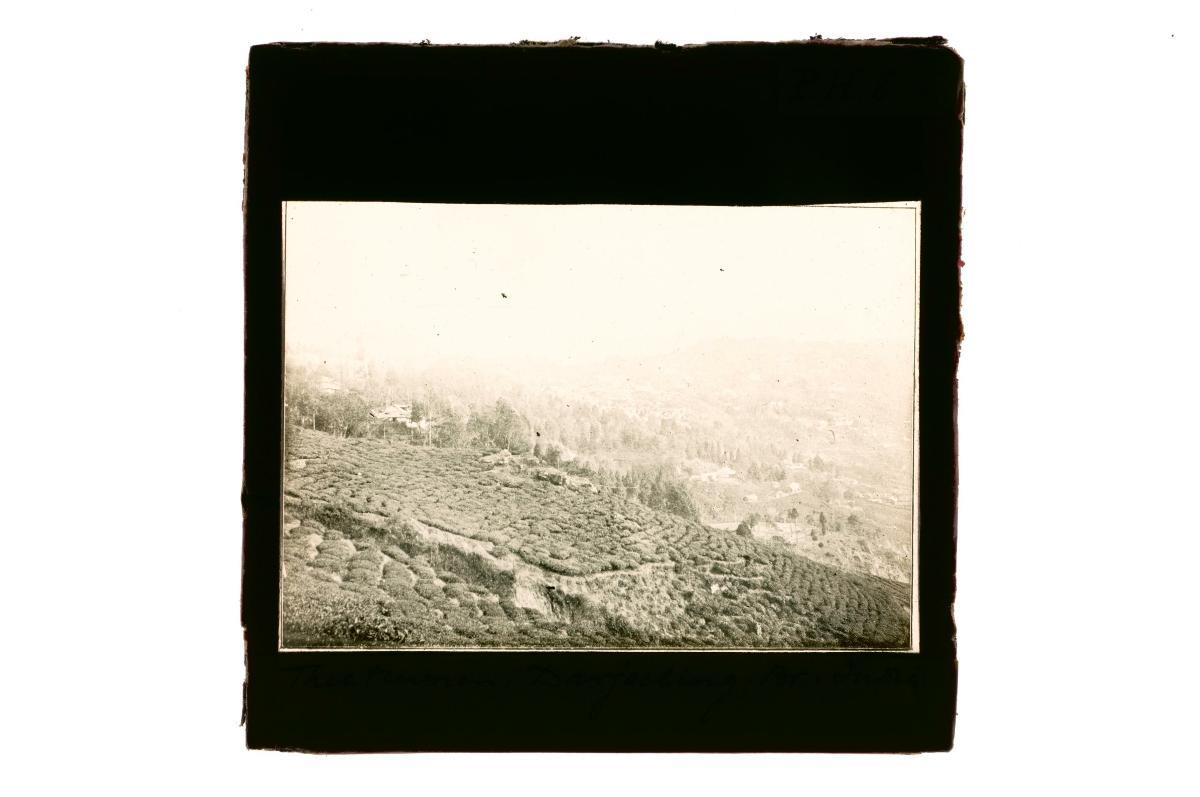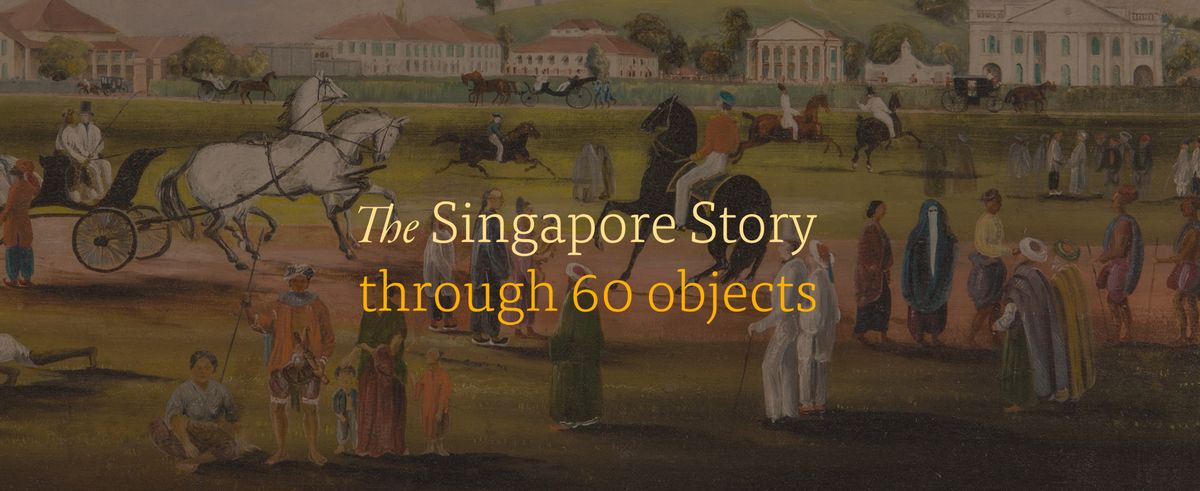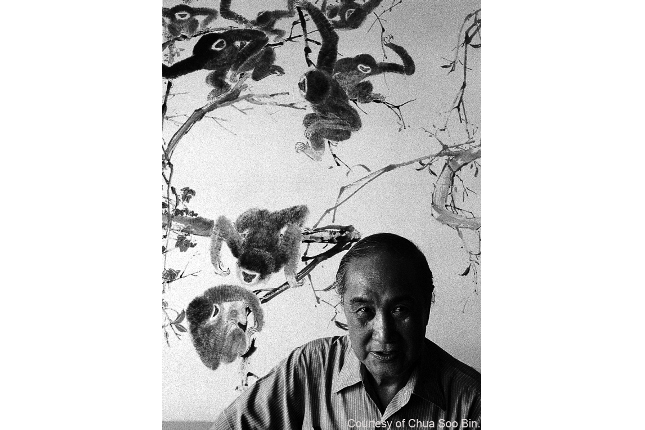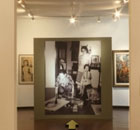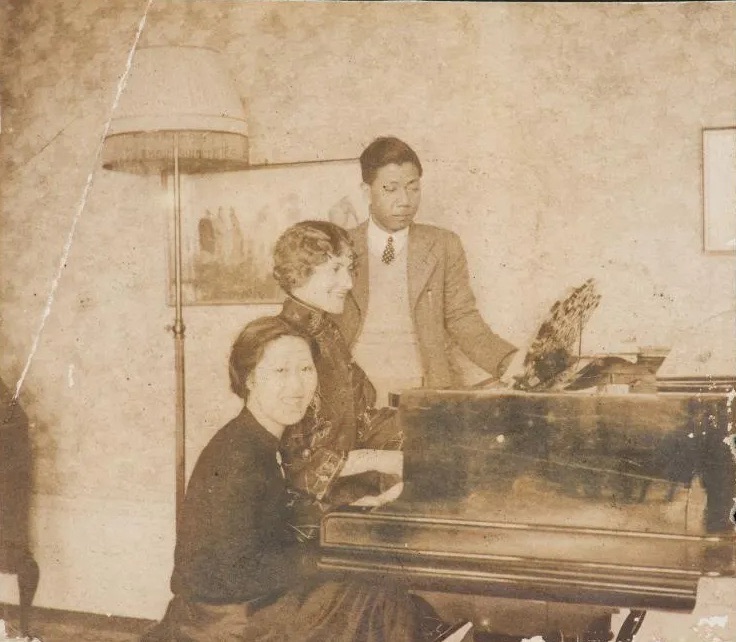Born to a literati family in Shanghai, China, Huang Yao (1914-1987) received his formative education from his father in classical literati traditions and calligraphy, particularly in the archaic scripts of oracle bone and bronze inscription. In the 1930s, he gained recognition as a talented cartoonist for creating the comic character “Niu Bi Zi” which was widely used as an educational resource in schools. Huang travelled to Southeast Asia after the end of World War II in 1945, and resided in different countries before settling permanently in Malaysia in 1956. He worked primarily as an art educator until his retirement in 1973. A prolific artist, he had held 23 solo and group exhibitions and six retrospective exhibitions.The depiction of folklore and myths is another genre in Huang’s wide repertoire and familiar subjects such as the Gods of Longevity, Fortune and Happiness are popular with him. While the three gods are typically represented respectfully in a line, standing equidistance from one another, Huang, however, has composed them in an atypical manner: crowded close to one other in a tight arrangement and utilizing the whole painting surface.





